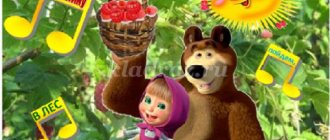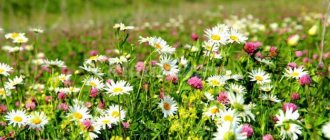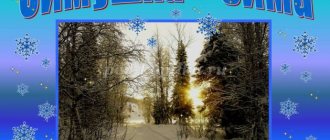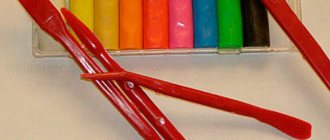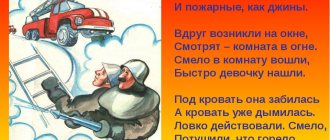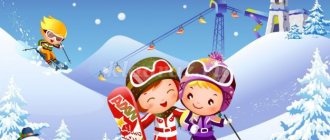Conversation on speech development in the senior group. Abstract
Conversation with children of senior preschool age: “An unknown object?
Ask questions, you will get an answer!” Author: Tatyana Nikolaevna Dvoretskaya - teacher Description: The material is intended for children of senior preschool age, teachers of preschool organizations and parents. Purpose of the work: The material is aimed at updating the speech activity of children.
Goal: to develop in children the desire and need to acquire new knowledge. Objectives: 1. create pedagogical conditions for the development of cognitive interest in children; 2. intensify the speech activity of children of senior preschool age; 3. develop the ability to ask questions; 4. develop skills in using acquired knowledge in the child’s everyday life. Preface: Speech performs many functions in a child’s life. The main and initial function is the communicative function - the purpose of speech to be a means of communication. The purpose of communication can be to maintain social contacts and exchange information. A well-constructed conversation can activate the development of a child, his mental processes and brain functions (thinking, memory, imagination, speech, reasoning).
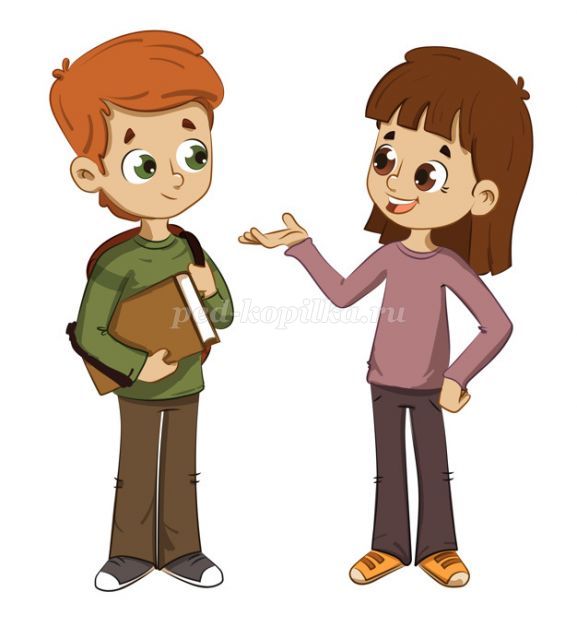

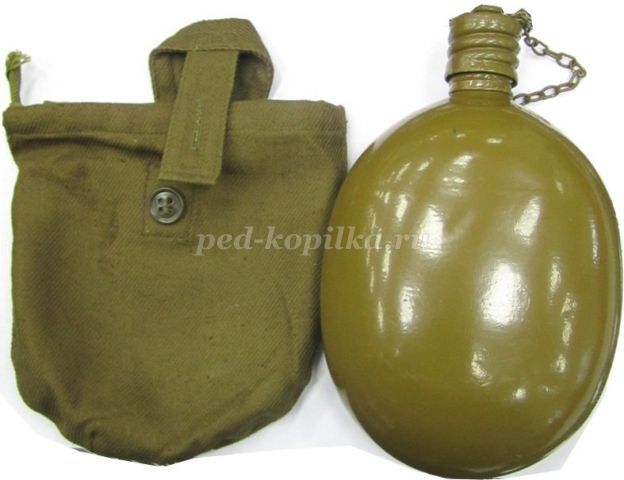
We recommend watching:
Ecology lesson notes. Senior group Summary of a conversation about fish for children of the senior group Conversation with children of the preparatory group on the topic “Blossoms of the meadow” Conversation with children of the senior group on the topic: Dishes
Similar articles:
Conversation about vegetables for children in the older group
Conversation on the topic “Fruits” in the senior preparatory group
Summary of the conversation in the senior group “Good will not die, but evil will disappear”
Conversation about generosity and greed with children of the senior preparatory group
Conversation for children “A lie does not make a person beautiful.” Senior group
MAGAZINE Preschooler.RF
General conversation “How to recognize birds”Tasks. To develop children's generalized ideas about birds as living creatures that live on land, in water, that can fly in the air and have a typical structure: two legs, two wings, a beak, covered with feathers;
- Ability to establish cause and effect relationships of various types; use a subject-schematic model for generalization; classify animals with selected characteristics as birds; make evidence-based judgments;
- Cognitive interest in nature; the ability to hear the questions and tasks of the teacher, listen to the answers of peers.
Preliminary work. The lesson completes the cycle of joint activities between the teacher and children to accumulate specific ideas about birds.
Progress of the lesson
1 part
Pictures depicting different birds are displayed on the flannelgraph.
Zhaleikin (game character). Hello guys! Who is this for you? Bugs?
Educator. Why do you say that?
Zhaleikin. Yes, because they have wings and legs.
Educator. Is Zhaleikin right? Who is shown in the pictures? (Birds.)
Zhaleikin. How do you recognize birds? Teach me too.
Educator. Guys, let's teach Zhaleikin to recognize birds and not confuse them with other animals.
part 2
Educator. We will teach Zhaleikin to recognize birds. What birds are shown in the pictures? (Zhaleikin names incorrectly, the children correct him.)
Zhaleikin. Oh, how different they all are!
Educator. How are birds different? How are they different? (Children answer who thinks what.)
Zhaleikin. I didn’t understand anything, everyone was talking at once.
Educator. Let's tell everything in order. First about the legs. Why do birds have different legs? (They live in different places.)
(Exhibits pictures of different habitats. Assignment: match pictures with birds to their habitats.)
Zhaleikin. I know! (He gets confused, puts the pictures wrong, the children correct him.)
Educator. Why does a heron have such long legs? (Lives in a swamp.) Many birds that live in a swamp have long legs. Let's put a picture (a model of the legs of birds living near a swamp). Why do pelicans have webbed feet? (Lives in water, swims.) Birds that live near water and swim must have webbed feet. Let's put a picture (a model of the legs of swimming birds).
Educator. Why does a parrot have small short legs with tenacious claws? (Lives in trees, clings to branches.) Birds that live in trees must have such legs. Let's put a picture (a model of the legs of birds living in a terrestrial environment, in trees).
Educator. What else is different about birds? (Beaks.) Why do birds have different beaks? (They eat different foods.) Task: match pictures with birds to pictures with the corresponding food. (Zhaleikin confuses, the children correct him.)
Educator. Why does a pelican have such a large beak? (He eats fish.) Let's put a picture (a model of a beak). Can a woodpecker have a beak as small as a swallow? Why? (Takes out food from under the bark of a tree.) Let’s put up a picture (model of a beak). Why do parrots and crossbills have such strong, curved beaks? (They crack the seeds with their beak.) Let’s put up a picture (model of the beak).
Educator. What else is different about birds? (Color. All birds have different colored feathers.) What color are birds' feathers? Let's put pictures (different color feathers).
Educator. Birds can not only swim and walk on the ground, but also fly. What helps them do this? (Wings.) Everyone’s wings are different - large and small. Let's put pictures (different wings).
Zhaleikin. They are all so different, why do you call them one word - birds?
Educator. How are all birds alike? The pictures will help you with this. All birds have different legs, but they all have two. All birds have different wings, but all have two wings. Everyone's beaks are different - but all birds have a beak. Feathers are of different colors - but all of them have feathered bodies. ( Bird as common characteristics of birds are identified.)
Educator. How do we distinguish birds from other animals? (Children, based on the model, generalize who the birds are.)
Zhaleikin. I understood everything, now I can easily recognize birds. I'll find now. (Finds a butterfly.)
Educator. Is Zhaleikin right? (No.)
Zhaleikin. Why is a butterfly not a bird? (No feathers, six legs, four wings.)
Zhaleikin. I found a bird. (Finds the plane.)
Educator. Did Zhaleikin find the bird correctly? (No.) How is an airplane similar to a bird? Why is an airplane not a bird? (Children correct, the teacher generalizes: to say about someone that it is a bird, you need to have everything at once: two legs, two wings, feathers and a beak.)
Part 3
Educator. Let's help Zhaleikin find the birds. (Pictures depicting various animals and objects are laid out on the table.) Each of you will find a bird and tell Zhaleikin how you found out. (The children explain to Zhaleikin how they recognized the birds, and he also correctly chooses the picture with the bird.)
Teacher of the highest qualification category Klavdiya Arkadyevna Melnikova. MBDOU Kindergarten No. 296, Ufa, Republic of Bashkortostan
| Next > |
